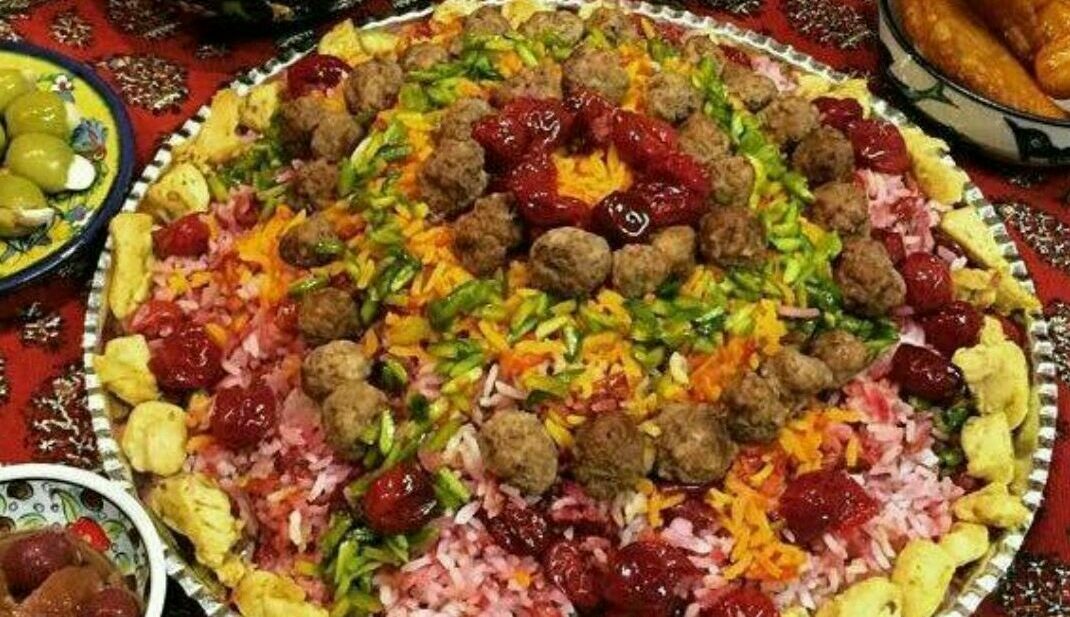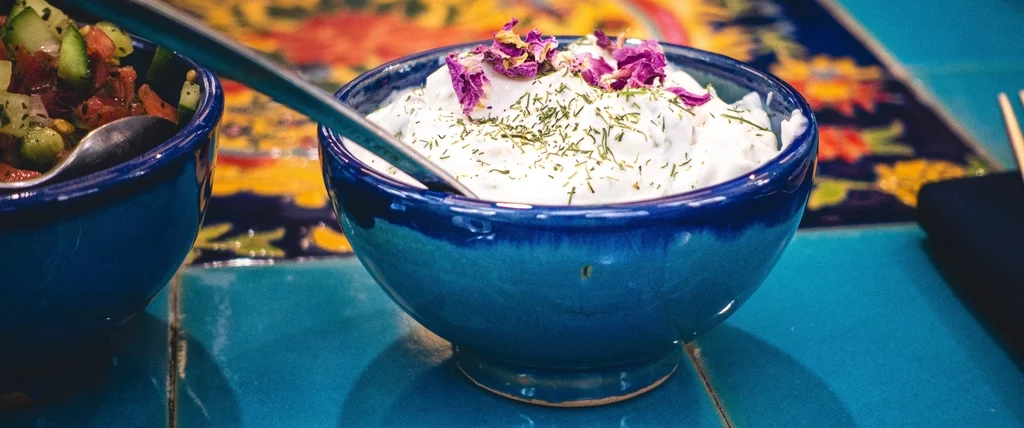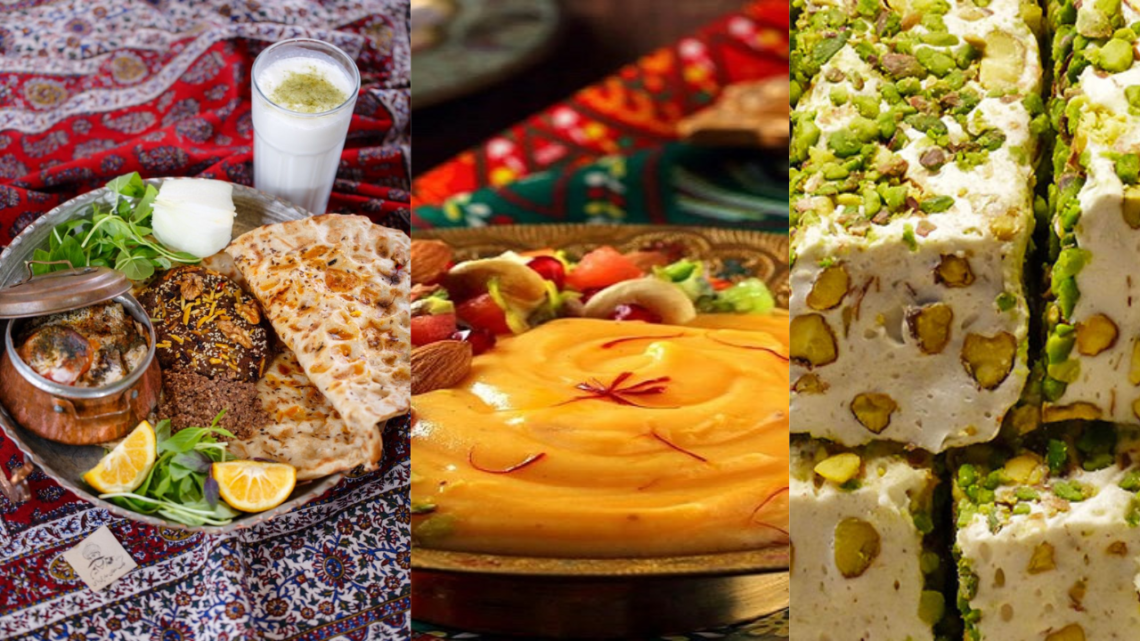
Savoring Isfahan: A Culinary Journey Through Its Iconic Dishes
Isfahan, a city of breathtaking architecture and deep cultural heritage, is also home to some of Iran’s most treasured dishes. Persian cuisine is more than just food—it’s a reflection of history, hospitality, and tradition. This blog explores two of Isfahan’s most beloved dishes and its signature sweet, each offering a taste of the city’s rich culinary legacy.
1. Beryani – Isfahan’s Iconic Meat Dish
Beryani is Isfahan’s most famous dish, made with minced lamb, seasoned with aromatic spices, and grilled until crisp, then served on Sangak (Persian flatbread). Unlike most Persian meals, it contains no rice, highlighting Isfahan’s distinct food culture.
Ingredients (Serves 5):
- 500g lamb or beef (minced)
- 1 large onion, finely chopped
- 1 teaspoon turmeric
- ½ teaspoon cinnamon
- ½ teaspoon black pepper
- Salt to taste
- 3 tablespoons butter
- 5 pieces of Sangak bread
- Fresh herbs (basil, mint, parsley)
Instructions:
- Prepare the Onion: Melt butter in a pan over medium heat, add chopped onions, and cook until golden and fragrant.
- Cook the Meat: Add minced lamb or beef to the pan, break it apart, and cook until fully browned.
- Season the Meat: Stir in turmeric, cinnamon, black pepper, and salt, mixing well to ensure even seasoning. Let cook for another 10 minutes.
- Shape & Grill: Form the mixture into patties and grill them in a dry pan over medium heat for 2-3 minutes per side until slightly crispy.
- Serve: Place the grilled Beryani on warm sangak bread and garnish with fresh herbs. Serve with yogurt on the side.
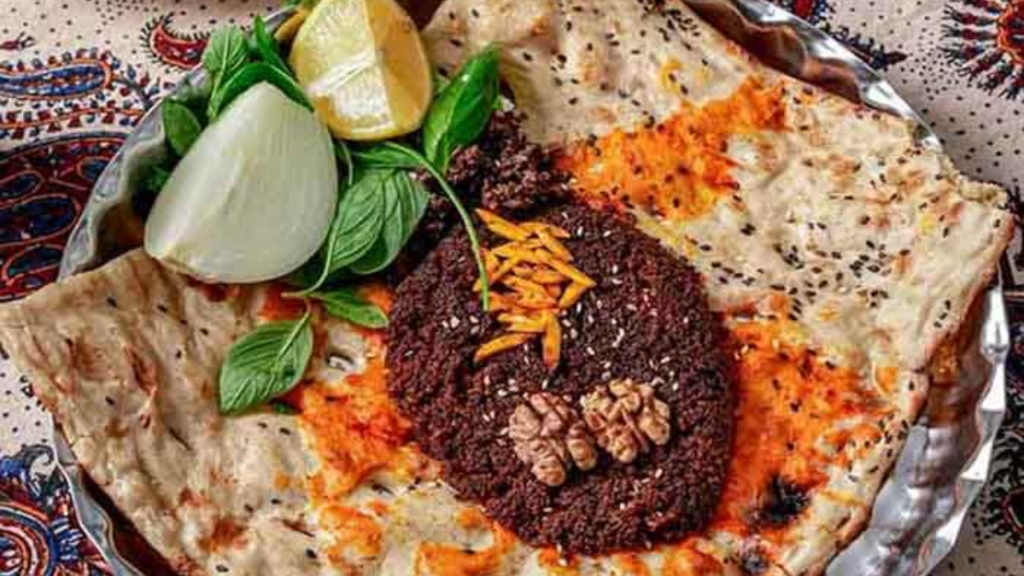
Cultural Note:
Beryani is a lunchtime tradition in Isfahan, deeply rooted in its history as a bustling trade center. It is commonly served in Beryani houses near Naqsh-e Jahan Square (a UNESCO World Heritage site and the cultural heart of Isfahan, surrounded by historic mosques, a palace, and a vibrant bazaar). Once a quick, hearty meal for merchants and laborers, Beryani remains a symbol of Isfahani hospitality, reflecting the city’s rich culinary heritage.
2. Khoresht-e Mast – The Royal Persian Yogurt Stew
A dish of royal origins, Khoresht-e Mast is a sweet, saffron-infused yogurt stew made with shredded lamb, rosewater, and sugar. Served chilled, it is a delicacy often found at weddings and formal gatherings.
Ingredients (Serves 5):
- 300g lamb or chicken (cooked and shredded)
- 2 cups Greek or Persian yogurt
- ½ cup sugar
- 1 teaspoon saffron, dissolved in hot water
- 1 tablespoon rosewate
- Slivered almonds and pistachios for garnish
Instructions:
- Cook the Meat: In a pot, add lamb or chicken with water and a pinch of salt. Simmer over low heat for 45 minutes until tender. Shred finely and set aside.
- Prepare the Yogurt Mixture: In a mixing bowl, whisk yogurt until smooth, then add sugar and stir until fully dissolved.
- Infuse with Flavor: Dissolve saffron in hot water and add it to the yogurt mixture along with rosewater, stirring well.
- Combine & Chill: Add the shredded meat to the yogurt mixture, mixing thoroughly. Cover and refrigerate for at least 2 hours to let the flavors blend.
- Garnish & Serve: Before serving, sprinkle slivered almonds and pistachios on top for a decorative finish.
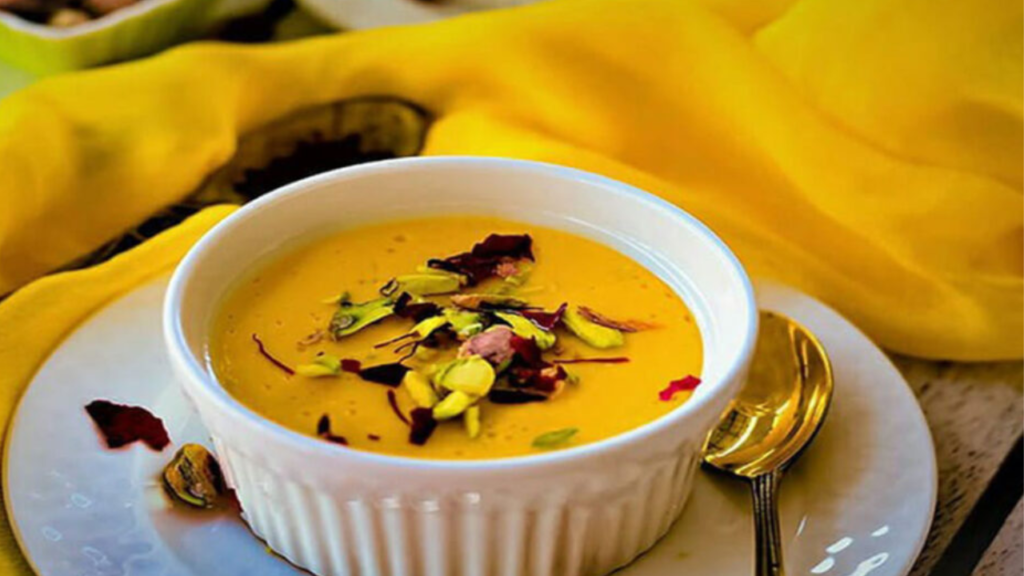
Cultural Note:
This dish dates back to the Safavid dynasty, when it was served at royal feasts to impress guests with its luxurious saffron color and fragrant aroma. It symbolizes prosperity and refinement, making it an essential dish at formal Isfahani gatherings. Offering Khoresht-e Mast is a mark of prestige and generosity, showcasing the elegance of Persian cuisine.
3. Gaz – Isfahan’s Signature Sweet
Gaz is Isfahan’s most famous confection, a chewy nougat made with pistachios or almonds and flavored with angebīn, a naturally sweet desert plant sap unique to the region.
Ingredients (Makes 10 Pieces):
- ½ cup angebīn (or honey)
- 1 cup sugar
- 1 egg white
- ½ teaspoon rosewater
- 1 cup pistachios or almonds
Instructions:
- Prepare the Syrup: In a saucepan, combine angebīn (or honey) and sugar over low heat, stirring constantly until fully dissolved and thickened.
- Beat the Egg White: In a separate bowl, whisk the egg white until stiff peaks form.
- Combine Syrup and Egg White: Slowly pour the hot syrup into the egg white while continuously whisking to create a light, fluffy texture.
- Add Flavor & Nuts: Stir in rosewater and chopped pistachios or almonds, mixing well to evenly distribute the ingredients.
- Set & Cool: Pour the mixture onto a greased tray, spread evenly, and let it cool completely. Once firm, cut into small squares and enjoy.
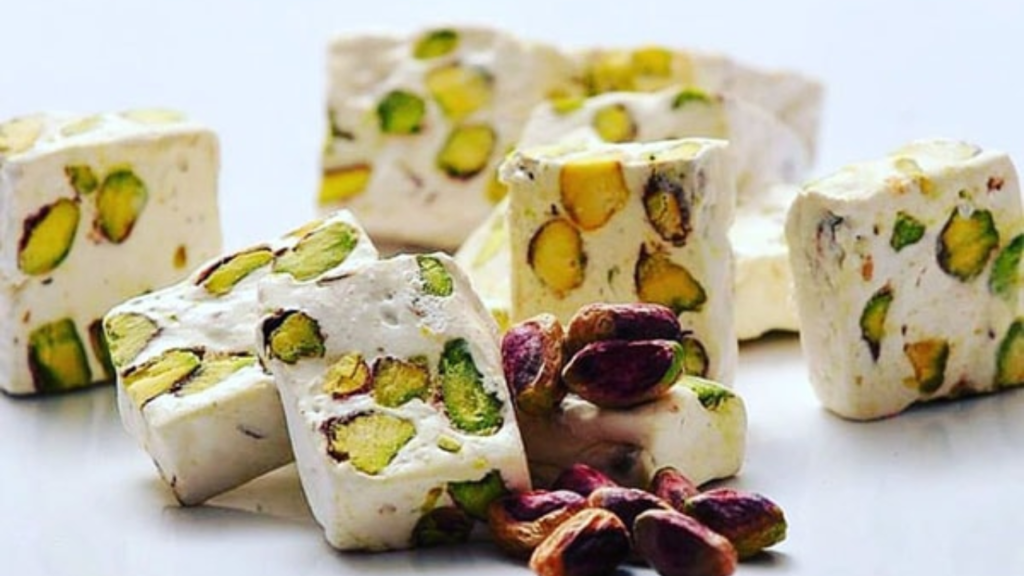
Cultural Note:
Gaz has been a symbol of Isfahan’s culinary craftsmanship for over 450 years, originally crafted for Persian kings. Its authentic sweetness comes from angebīn, a rare desert sap that gives it a distinct floral flavor. Traditionally handmade in Isfahan, Gaz is often gifted during Nowruz and other celebrations as a symbol of Persian hospitality and tradition.
Final Thoughts: A Taste of Isfahan
Isfahan’s cuisine is a celebration of Persian heritage, where every dish tells a story of history, art, and hospitality. Whether you’re savoring the bold flavors of Beryani, indulging in the royal elegance of Khoresht-e Mast, or enjoying the timeless sweetness of Gaz, each bite is a journey into Isfahan’s past.
If you’re curious about traditional foods from other cities in Iran, stay tuned for our upcoming articles, where we’ll explore more rich and flavorful culinary traditions from across the country!

